
Introduction
Textiles and tapestries have been an integral part of human culture for centuries. From ancient civilizations to contemporary decor, these woven wonders have played a significant role in adding beauty, warmth, and functionality to our homes. In this article, we will explore the world of textiles and tapestries in contemporary decor, discussing their history, types, and how they can be incorporated into modern interior design. Join us on this journey as we unravel the fascinating world of woven wonders and discover how they can transform any space into a visually stunning and inviting environment.
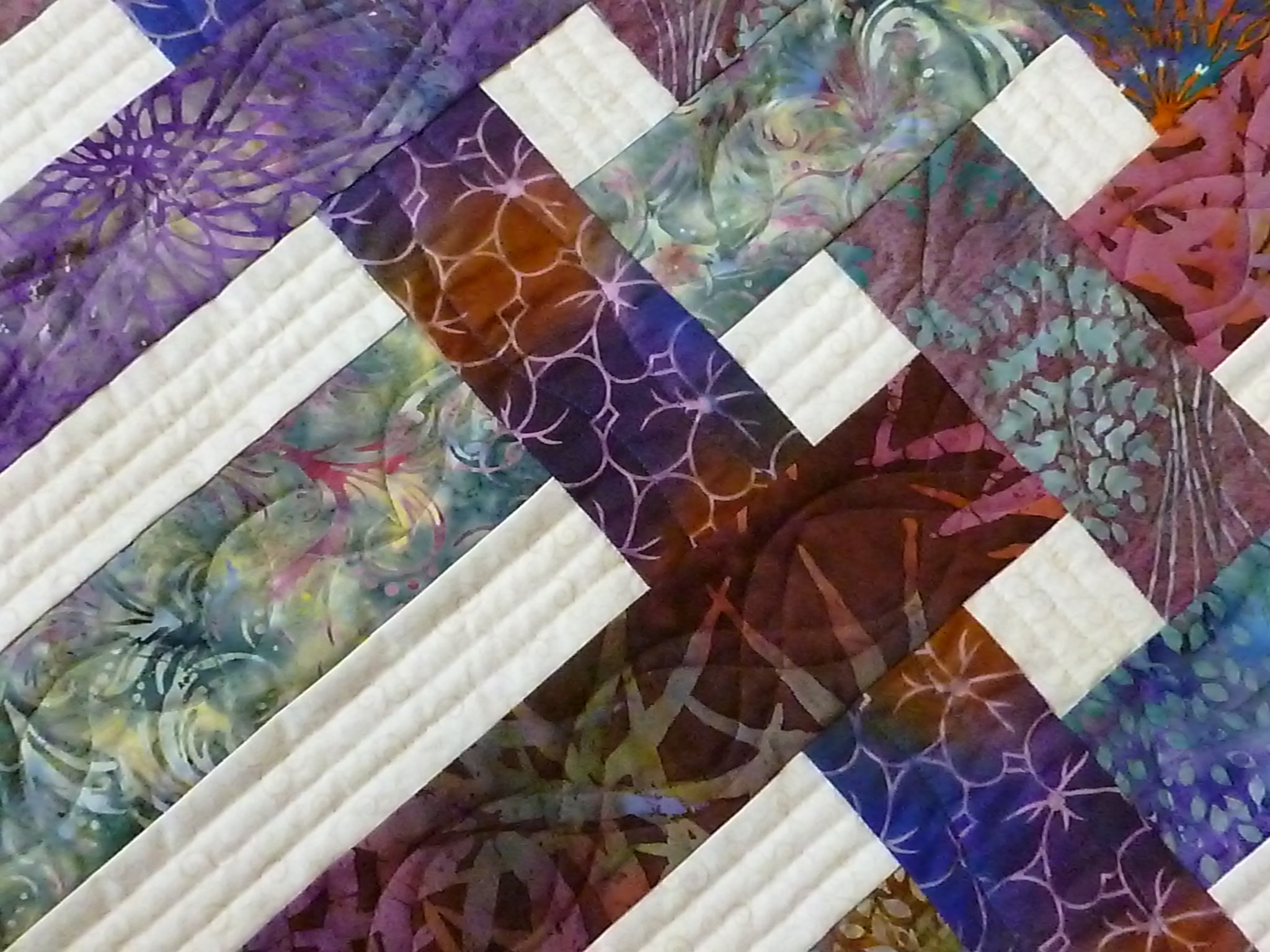
The History of Textiles and Tapestries
Textiles and tapestries have a rich history that dates back thousands of years. The art of weaving fabric and creating intricate designs has been practiced by various civilizations across the globe. From the ancient Egyptians to the medieval Europeans, textiles and tapestries have been used for functional and decorative purposes.
The ancient Egyptians were known for their mastery of textile production. They used linen, a fabric made from the flax plant, to create garments, beddings, and even sails for their boats. The Egyptians also used tapestries to decorate their temples and palaces, depicting scenes from their mythology and daily life.
In medieval Europe, tapestries became a symbol of wealth and power. These large, woven textiles were often commissioned by royalty and nobility to adorn their castles and palaces. The tapestries depicted historical events, religious narratives, and scenes of daily life, adding color and grandeur to the interiors.
During the Renaissance, textiles and tapestries continued to be highly valued. The Italian city of Florence emerged as a center of textile production, with skilled artisans creating intricate designs using silk, velvet, and other luxurious fabrics. These textiles were used for clothing, upholstery, and wall hangings, reflecting the elegance and opulence of the time.
Over the centuries, the art of textile weaving continued to evolve, with new techniques and materials being introduced. Today, contemporary designers and artisans draw inspiration from these historical traditions while incorporating modern aesthetics and technologies into their creations.

Types of Textiles and Tapestries
Textiles and tapestries come in a wide variety of styles, materials, and techniques. Each type has its own unique characteristics and can bring a distinct look and feel to a space. Here are some of the most popular types of textiles and tapestries used in contemporary decor:
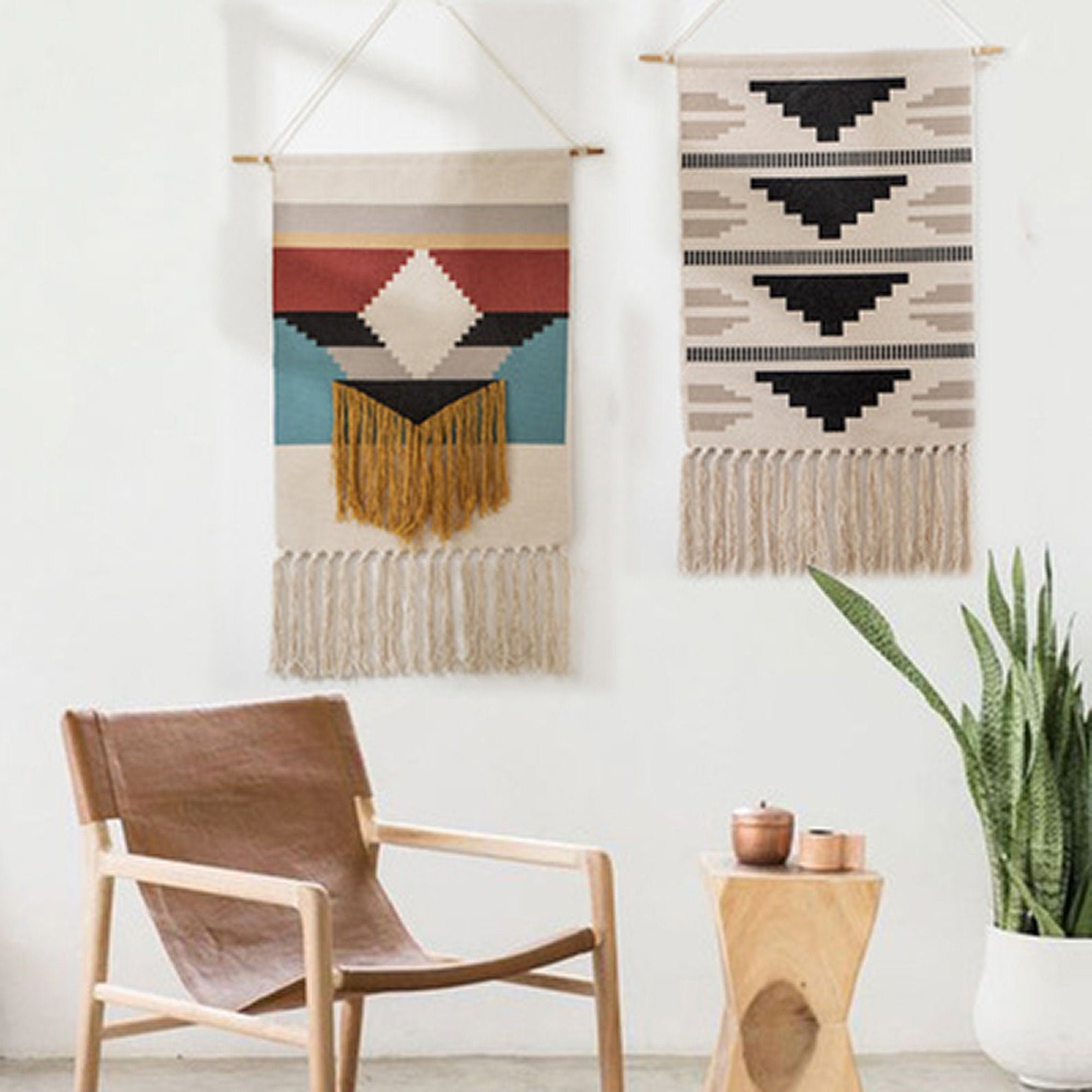
1. Jacquard Tapestries
Jacquard tapestries are woven on a jacquard loom, which allows for intricate and highly detailed designs. This type of tapestry is characterized by its rich colors, complex patterns, and three-dimensional texture. Jacquard tapestries can depict anything from landscapes and floral motifs to abstract designs and historical scenes. They are often used as statement pieces in living rooms, bedrooms, and dining areas, adding drama and sophistication to the decor.
One of the advantages of jacquard tapestries is their durability. They are made from high-quality materials, such as wool or a blend of wool and synthetic fibers, which ensures that they can withstand the test of time. Jacquard tapestries are also known for their excellent sound and thermal insulation properties, making them a practical choice for both aesthetic and functional reasons.

2. Kilim Rugs
Kilim rugs are flat-woven textiles that originated in the Middle East and Central Asia. They are made using a technique called slit-weaving, which creates a smooth surface with no pile. Kilim rugs are known for their bold geometric patterns, vibrant colors, and intricate motifs. They are often used as area rugs or wall hangings, adding a touch of cultural heritage and exoticism to contemporary decor.
One of the unique features of kilim rugs is their versatility. They can be used in various settings, from traditional to modern, and can easily blend with different interior styles. Kilim rugs are typically made from natural fibers such as wool or cotton, which gives them a soft and cozy feel. They are also lightweight and easy to maintain, making them a practical choice for busy households.

3. Silk Brocade Fabrics
Silk brocade fabrics are known for their luxurious look and feel. They are woven using a special technique that creates raised patterns on the surface of the fabric. Silk brocade fabrics are often used for upholstery, curtains, and decorative pillows, adding a touch of elegance and sophistication to any space.
One of the unique characteristics of silk brocade fabrics is their lustrous sheen. The silk threads used in the weaving process reflect light, giving the fabric a shimmering effect. Silk brocade fabrics are available in a wide range of colors and patterns, from traditional floral motifs to contemporary abstract designs. They are often used in formal living rooms, dining rooms, and bedrooms, creating a sense of opulence and grandeur.

Incorporating Textiles and Tapestries into Contemporary Decor
Now that we have explored the history and types of textiles and tapestries, let's discuss how they can be incorporated into contemporary decor. Whether you want to add a pop of color, create a focal point, or enhance the overall ambiance of a room, textiles and tapestries can be powerful design elements. Here are some tips to help you make the most of these woven wonders in your home:

1. Statement Wall Hangings
One of the most impactful ways to incorporate textiles and tapestries into your decor is by using them as statement wall hangings. Choose a large tapestry with a captivating design and hang it on a prominent wall in your living room, dining area, or bedroom. This will instantly draw attention and become the focal point of the room. Consider the color scheme and style of your existing decor when selecting a tapestry to ensure that it complements the overall aesthetic.
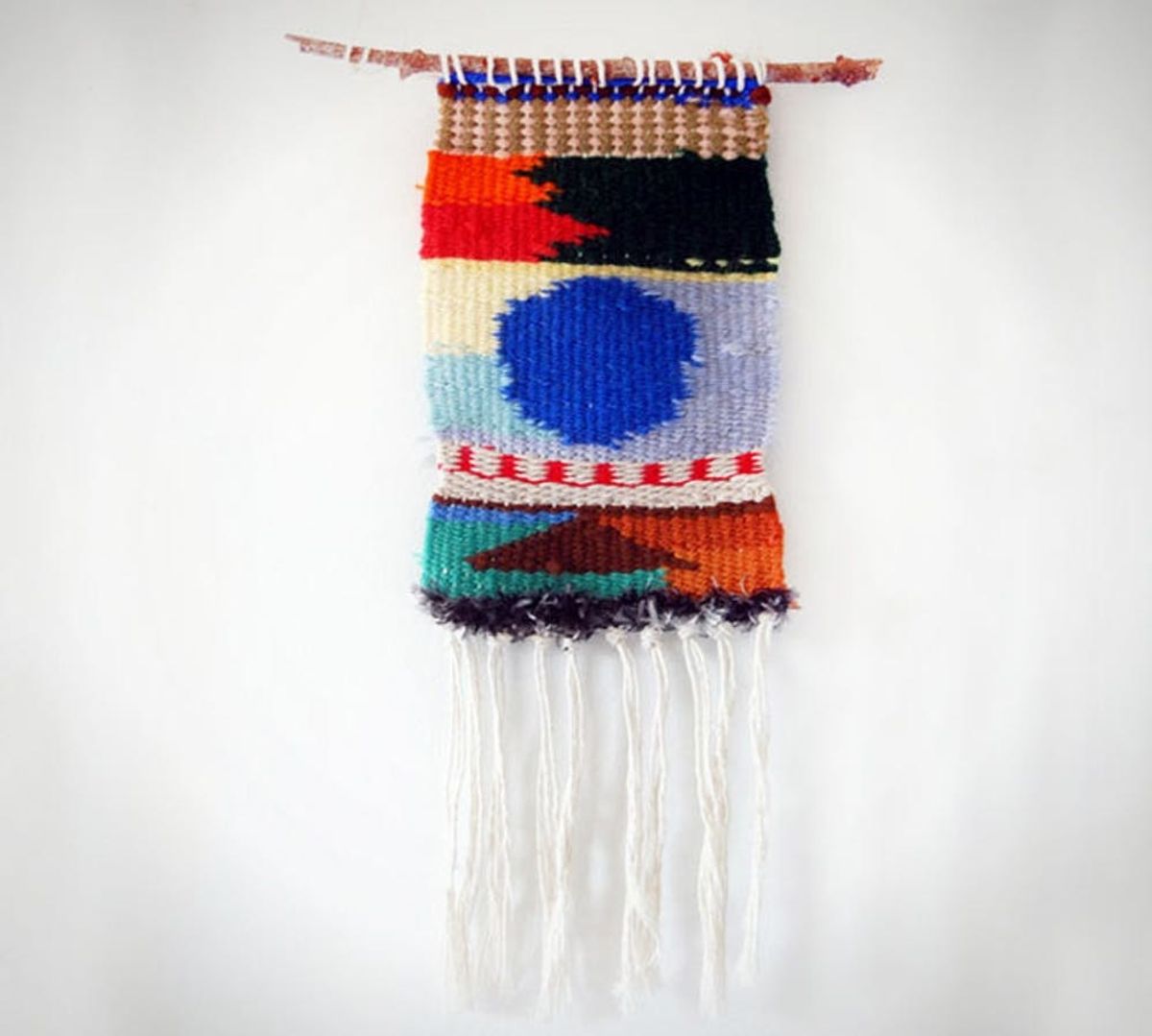
2. Layering Textiles
Layering textiles is a great way to add depth and texture to a space. Mix and match different fabrics, such as velvet, silk, and wool, to create a visually interesting composition. For example, you can place a kilim rug on top of a larger area rug, or drape a jacquard throw over a sofa or armchair. Experiment with different colors, patterns, and textures to create a harmonious and inviting atmosphere.

3. Upholstery and Soft Furnishings
Another way to incorporate textiles into your decor is through upholstery and soft furnishings. Choose chairs, sofas, and ottomans with fabric covers that feature interesting patterns or textures. Consider using silk brocade fabrics for curtains, decorative pillows, and table runners to add a touch of luxury. These textiles will not only enhance the visual appeal of your furniture but also make them more comfortable and inviting.
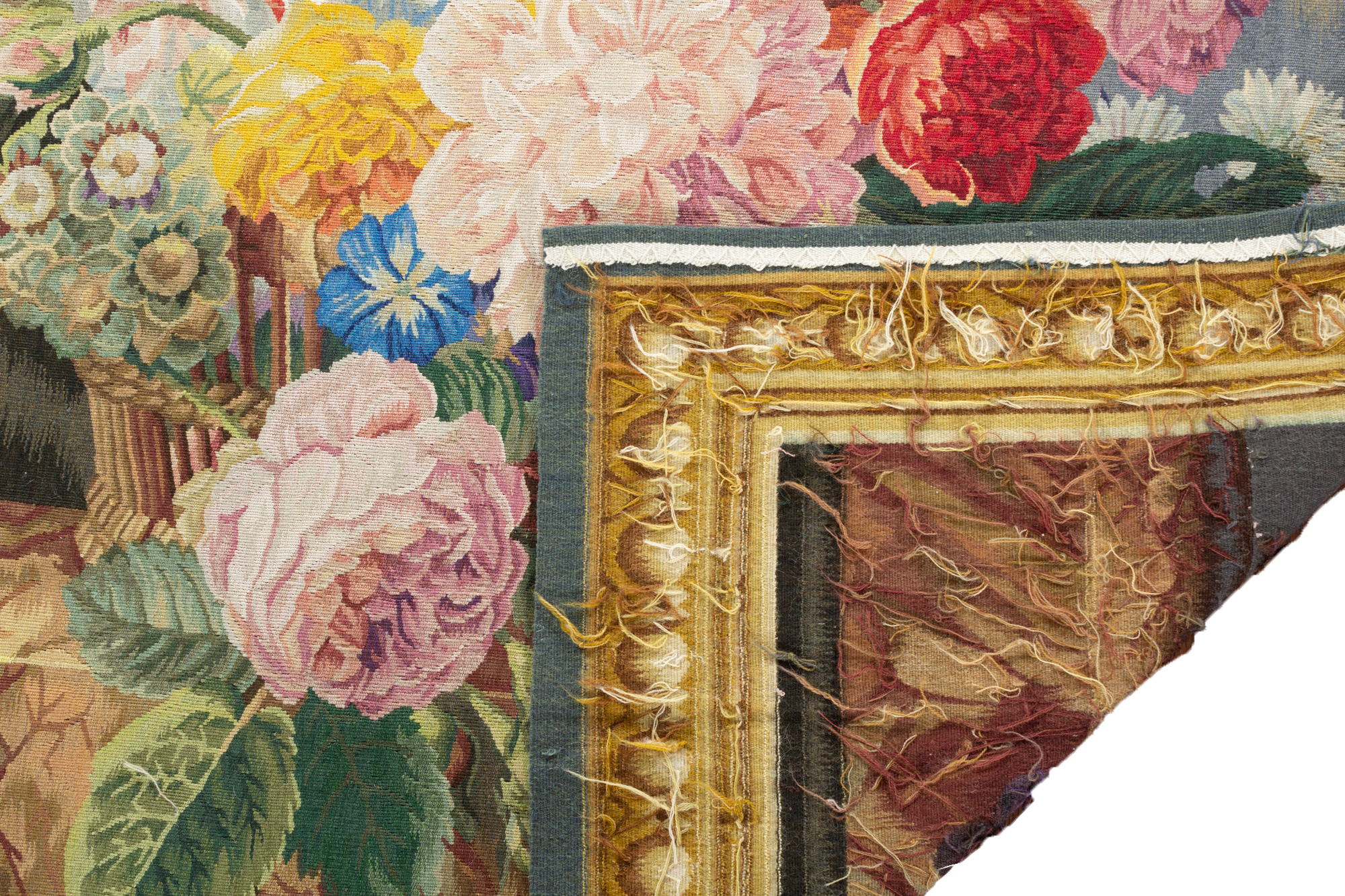
4. Textile Art and Accents
Textile art and accents can add a unique and personal touch to your decor. Consider hanging small tapestries, embroidery pieces, or framed fabric art on the walls. These can be handmade creations or vintage finds that reflect your personal style and interests. You can also incorporate textiles into your decor through smaller accent pieces, such as table runners, placemats, and wall hangings. These subtle touches will infuse your space with warmth and character.
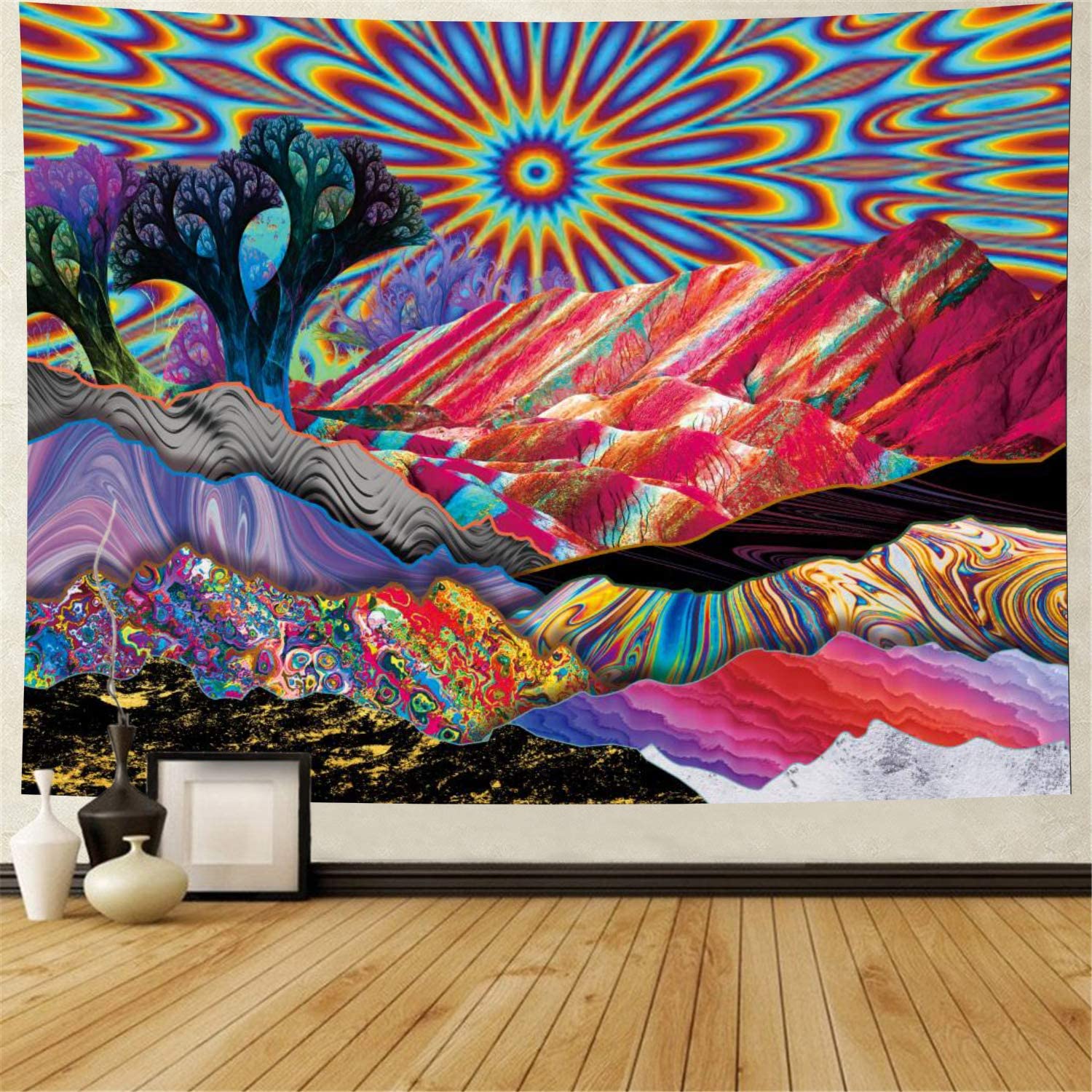
Summary
Textiles and tapestries are versatile design elements that can transform any space into a visually stunning and inviting environment. Whether you choose a jacquard tapestry, a kilim rug, or a silk brocade fabric, these woven wonders can add color, texture, and personality to your contemporary decor. By incorporating textiles and tapestries as statement wall hangings, layering them for depth and texture, using them for upholstery and soft furnishings, and embracing textile art and accents, you can create a space that is both aesthetically pleasing and comfortable. So, let your creativity soar and explore the world of textiles and tapestries to weave wonders in your own home.